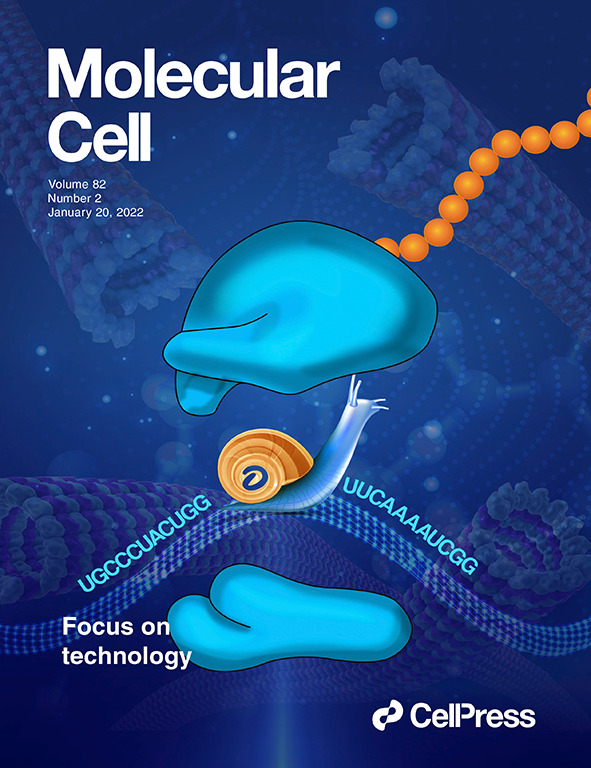SEMA3F的双等位基因变异与非综合征性听力损失有关。
IF 6.5
3区 生物学
Q2 BIOCHEMISTRY & MOLECULAR BIOLOGY
引用次数: 0
摘要
管理听力损失及其相关的公共卫生影响至关重要。在本研究中,我们旨在了解Sema3f在听觉系统发育和维持中的作用。内耳特异性Sema3f敲除小鼠在8周时表现出听力损失,听觉脑干反应阈值升高,畸变产物光声发射测试阈值缺失。此外,外毛细胞(OHC)数量增加,OHC区域螺旋神经节神经元投射模式异常。通过对558个听力损失家族的测序数据分析,我们在其中一个家族中发现了编码信号3f的SEMA3F双等位基因变异。在该家庭中,先证者表现出先天性的严重进行性非综合征性听力损失。体外分析显示,鉴定出的错义变异体降低了furin介导的SEMA3F加工,并破坏了SEMA3F的细胞能力,从而使人脐静脉源性内皮细胞的丝状肌动蛋白细胞骨架崩溃。我们的数据表明,SEMA3F对于正常听力至关重要,并且与人类非综合征性听力损失有关。本文章由计算机程序翻译,如有差异,请以英文原文为准。
Biallelic variants of SEMA3F are associated with nonsyndromic hearing loss
It is crucial to manage hearing loss and its associated public health impacts. In this study, we aimed to understand the role of Sema3f in the development and maintenance of the auditory system. Inner ear-specific Sema3f knockout mice exhibited hearing loss at 8 weeks with an elevated threshold for auditory brainstem response and an absent threshold for distortion product optoacoustic emission tests. Additionally, an increased number of outer hair cells and abnormal patterns of spiral ganglion neuron projections in the outer hair cell regions were observed. Through the analyses of sequencing data from 558 families with hearing loss, we identified biallelic variants of SEMA3F, which encodes semaphorin-3F, in one of the families. In the family, the proband showed profound progressive nonsyndromic hearing loss with congenital onset. In vitro analysis revealed that the identified missense variants decreased the furin-mediated processing of SEMA3F and abolished the cellular abilities of SEMA3F, which collapsed the filamentous actin cytoskeleton in human umbilical vein-derived endothelial cells. Our data suggest that SEMA3F is essential for normal hearing and is associated with nonsyndromic hearing loss in humans.
求助全文
通过发布文献求助,成功后即可免费获取论文全文。
去求助
来源期刊

Molecules and Cells
生物-生化与分子生物学
CiteScore
6.60
自引率
10.50%
发文量
83
审稿时长
2.3 months
期刊介绍:
Molecules and Cells is an international on-line open-access journal devoted to the advancement and dissemination of fundamental knowledge in molecular and cellular biology. It was launched in 1990 and ISO abbreviation is "Mol. Cells". Reports on a broad range of topics of general interest to molecular and cell biologists are published. It is published on the last day of each month by the Korean Society for Molecular and Cellular Biology.
 求助内容:
求助内容: 应助结果提醒方式:
应助结果提醒方式:


